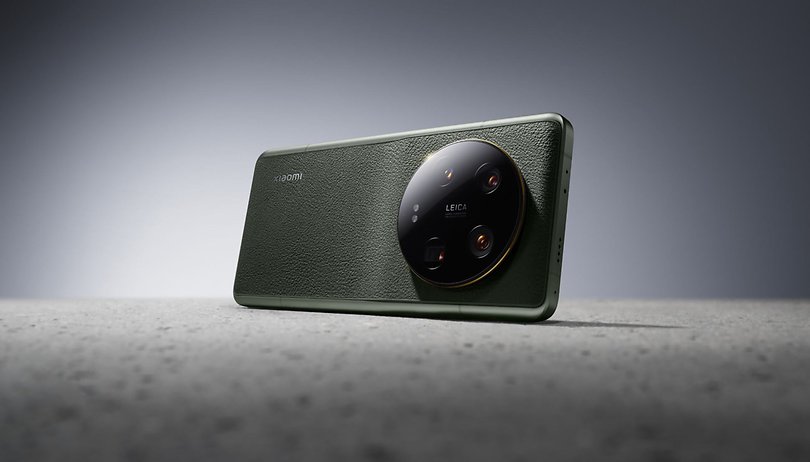Xiaomi 13T and Xiaomi 13T Pro will stand out as powerful flagships, and the Chinese brand is only a few months away from releasing them both. The two devices will feature some impressive specs, at least when it comes to their cameras and battery.
Just like in the good old Xiaomi tradition, both the 13T and the 13T Pro will be affordable devices.
Xiaomi 13T and 13T Pro will launch on September 1
Xiaomi is set to launch the Xiaomi 13T and Xiaomi 13T Pro in China on September 1, according to a tipster and as NextPit has discovered. While the global launch is still uncertain, we know the prices of the two gadgets for the UK market.
If you decide to buy the Xiaomi 13T from the UK, you’ll have to pay £599. If, instead, you wish to opt for the Pro version, it will cost you £799. These two devices are expected to feature a “CrystalRes” AMOLED display with a 144 Hz refresh rate and a resolution such as 2,560 x 1,440 pixels. The two phones will be powered by the MediaTek Dimensity 9200+ processor, manufactured using a 4-nanometer process.
It’s clear that, at least judging by the quality of the display, the Xiaomi 13T and 13T Pro will be impressive phones if you wish to use them for gaming or video editing, for instance. You can’t possibly have good smartphones for gaming if their displays are not top-end.
Xiaomi 13T
144Hz CrystalRes AMOLED display
"Flagship 4nm SoC"
5000mAh w 67W
Leica camera
8 GB RAM
256 GB Storage
Black
MIUI 14
September 1st release
£599
Both (13T and Pro) have chargers included.— SnoopyTech (@_snoopytech_) June 26, 2023
The base model consists of 8 GB RAM and 256 GB storage, while the Xiaomi 13T Pro provides 12 GB RAM and 512 GB storage. Additionally, both devices will likely include a 5,000 mAh battery and a 50 MP primary camera using a Sony IMX800 series sensor.
The two Xiaomi flagships aim to offer an affordable option for consumers seeking high-quality smartphones, so stay tuned for more info on the subject!













Leave a Reply